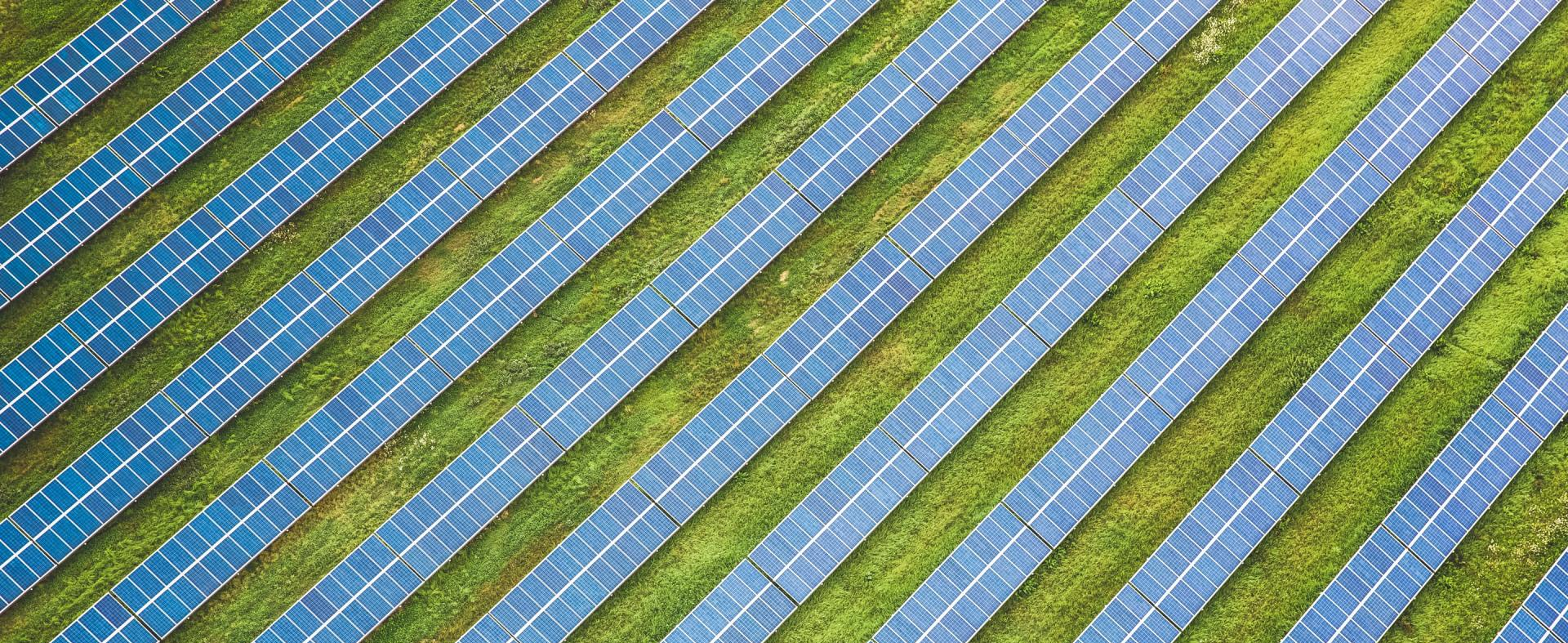The Rise in Green Premium Acceptance
The following was originally published by Engie Resources in their 2024 Business Energy Census Report

In an era marked by an increasing focus on sustainability, customers demonstrate a growing willingness to invest in green energy. Survey participants report a significant uptick in the number of customers ready to pay a premium for renewable energy sources, underpinned by heightened demand and the escalated prices. The trend is striking, with 82% of customers in 2024 affirming their willingness to pay at least some premium for green energy, up from 72% in 2023. Additionally, the
willingness to accept no premium for green energy at all has dropped from 28% to 18% between 2023 and 2024, illustrating a decline in price sensitivity when it comes to sustainable energy options.
Geography plays a significant role in the concept of green premiums, showcasing varying levels of commitment to renewable energy. In Texas, traditionally known for its oil industry, there’s a notable trend toward accepting a slight premium for green energy, reflecting the state’s heavy investment in wind and the expanding solar sector. In the PJM region, there’s a significant willingness to embrace moderate premiums, while the New York/New England corridor consistently prefers smaller premiums.
"We are not surprised to see that there is an increasing willingness to pay a premium for clean, green power. In fact, it’s driving our core strategy. ENGIE is positioned to address a dramatic shift to planet-friendly power with a focus that few can match. Our goal as a retail supplier is to reach 30 TWh of renewable energy delivered in 2030. We are taking solutions to markets that are not yet open to competition. Our recent acquisition of a leading company specializing in battery storage, Broad Reach Power, was one of the largest M&A activities of 2023 to enable retail customer participation in the journey to net zero."
-Taymur Bunkheila, Director, Energy Solutions and Energy+, Engie Resources
KEY TAKEAWAYS
• Sixty-two percent of customers are willing to pay a small premium versus 56% in 2023.
• Those willing to pay a moderate premium are holding steady at 18%.
• Eighteen percent are not willing to pay any premium at all, down from 28% in 2023.
IMPLICATIONS
• Energy providers can differentiate themselves in the market by offering competitive green energy options at varied premium levels.
• Policymakers may be encouraged to continue or increase incentives for renewable energy adoptions.
• Energy companies can adjust their strategic positioning and cater to the growing segment of consumers who value sustainability and are willing to pay for it.
OPPORTUNITIES
• There’s a growing market for renewable energy products that can command a premium, offering an opportunity for providers to expand their offerings.
• Financial institutions and energy providers can collaborate to create innovative financing models that make paying a premium more attractive.




